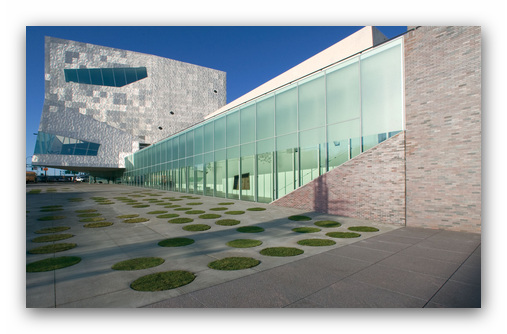Nov 11 2023 - Mar 10 2024
Minneapolis, MN
Presenting works by artists from a number of nations, Multiple Realities offers a sweeping survey of experimental art made in the Eastern Bloc between the 1960s and 1980s.
The exhibition features artworks rarely exhibited in the US, which together tell a story of artists questioning how, when, and where art could exist and the many meanings it might hold for society. Despite their geographical proximity, these artists encountered different conditions for daily life and art-making, confronting varying degrees of control and pressure exerted by state authorities. Charting a generation of artists invested in experimentation, Multiple Realities sheds light on ways that artists refused, circumvented, eluded, and subverted official systems. Their works are often riddled with wit, humor, or irony as well as conceptual or formal innovation and a spirit of adventurousness.
The exhibition opens with the cityscape, examining how artists responded to daily life in public spaces marked by histories of protest, confrontation, and displays of national loyalty. While some reflected on systems of surveillance and policing, others harnessed minimal gestures to question the boundaries of permissible public behavior. The second section focuses on the body as an artistic material. This approach offered rich terrain for women artists in particular, who were challenging patriarchal norms and socialist family models, as well as artists who were questioning sexual identities. For many, a retreat into private space led to explorations of the limits of bodily awareness by drawing on themes of ritual, endurance, and duress. The exhibition’s third chapter delves into artist collectives and subcultural groups, highlighting ways that artists and musicians imagined other forms of collectivity and sociability, galvanizing networks of exchange, commonality, and friendship both within and beyond the Bloc.
Finally, the presentation revisits imaginings of futures spurred by the revolutionary changes embodied by the Space Race, the advancement of nuclear energy, and new forms of communications. What might a new tomorrow look like? How were artists exploring the possibility of flight and escape, of transcending the limitations of the everyday? Seen together, works in the exhibition’s four themes encourage us to question the relationships between art and politics; the roles that institutions play in society; and how the production, circulation, and reception of art outside of capitalist economies informed artist practices.
Credit: Overview from museum website
